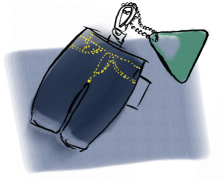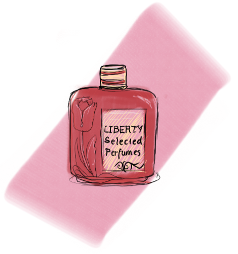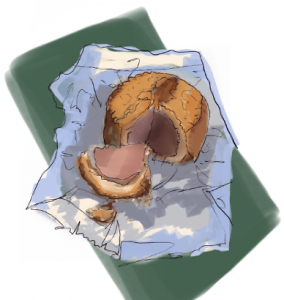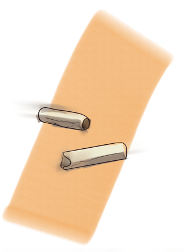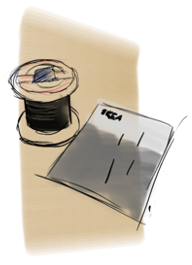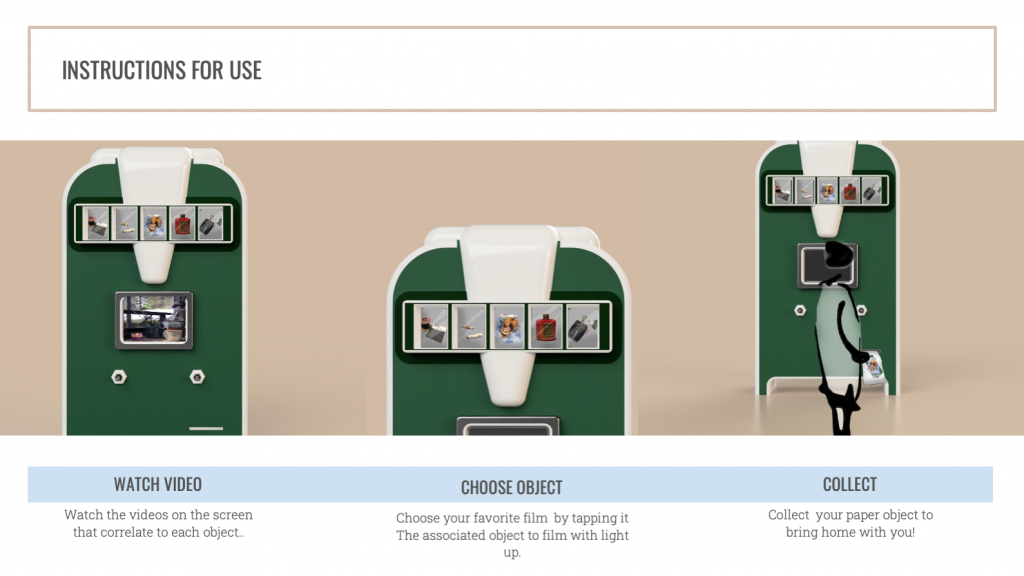Here, Charlie Orenstein presents a digital exhibition highlighting small items that one accumulates or uses often that may not have obvious significance at first glance.
Students design for real-world contexts in London’s Virtual Classroom
Syracuse London’s special Design Program offers participants the opportunity to take a course in design history, complemented by studio and academic electives in a world capital renowned for its cutting-edge design. Multidisciplinary subject areas allow students to dive deeper into industrial and interaction design, interior and environmental design, or communications design.
By working in a collaborative studio environment and making frequent excursions into the city, the program helps students to better understand London and the United Kingdom while learning how design saturates everyday life and defines people’s experiences in an urban environment.
The Little Things Collection
a proposed exhibit for the V&A designed by Charlie Orenstein
With a mother from England and a father from the US, I have spent much of my life between the two countries. When I was twenty-two, I was able to take my fourth year spring semester studying industrial design in London. It was the opportunity I had always hoped for: the chance to spend a long time in my second home. The two months that followed highlighted my love for England and brought me closer to friends and family. They also added to my collection of “little things”, and all of the memories that come with them.
This exhibit is designed for all audiences. The interactive machine is reminiscent of vending machines — and whether associated with lived experience, old films, or contemporary toys, its form is meant to evoke nostalgia for personal experiences regardless of age. No matter an attendee’s generation or origin, the exhibit’s classic form is meant to feel familiar. The short films are warm and vague, drawing on emotion rather than specific memories. These abstract depictions allow users to attach their own experiences to the space. When they find a specific film that resonates with them, the associated object will print on paper.
